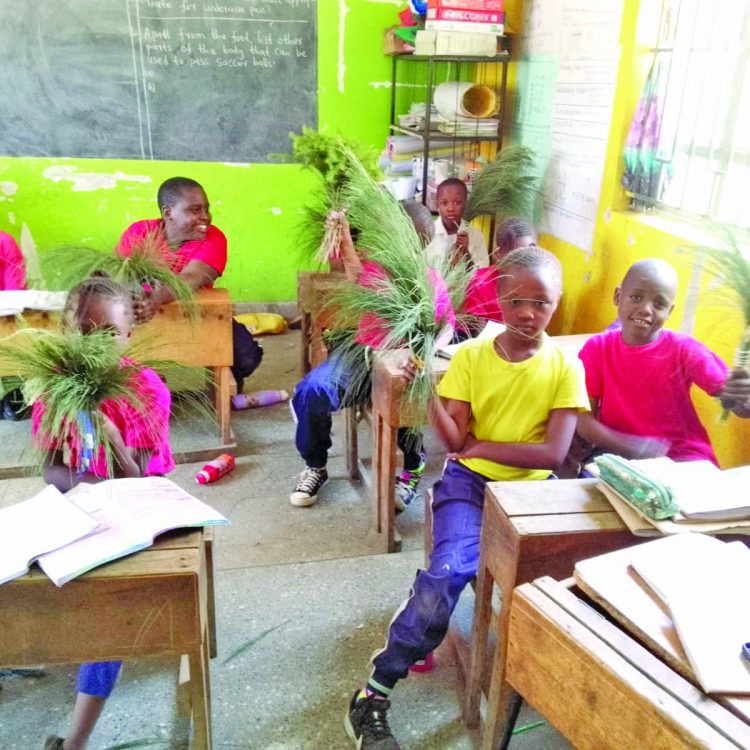Why remedial classes have lost educational value

Last week, Principal Secretary for Basic Education, Dr Belio Kipsang, reiterated ban on the version of remedial teaching that most heads of schools practice.
Dr Kipsang observed that the eight school hours the Basic Education Regulations 2015 stipulates for the curriculum was enough to take care of the syllabus coverage.
In ordinary circumstances, remediation, or remedial teaching, is part and parcel of the curriculum delivery process. In other educational jurisdictions, remedial is a teaching designed to help students who are falling behind in their studies or having difficulties learning a particular subject matter or subjects.
Educational policy, curricular and standards provides for remediation or remedial tuition to ensure, in modern education parlance, that no child attending school is left behind.
Learners have different abilities and learning styles. The pace of understanding what is taught in the whole class is therefore not the same.\
This difference causes difficulties in learning that are sometimes responsible for behavioural or motivational difficulties most learners face if schools don’t attend to them in good time. Remedial teaching can address basic skills such as reading, writing, numeracy and critical thinking.
Children who have weakness in these areas will never walk with others. They are literally left behind and for all practical purposes, not better than students who, for whatever reason, are perpetually absent from school or out of school altogether.
Remedial teaching should be confined to learners/students who exhibit weaknesses that make them lag behind in the normal learning process. In all cases, individual teachers must identify weak students and work out the amount of time required to provide skills.
Such students must be listed and the list filed with the principal and the deputy who is in charge of the curriculum in the school. In the absence of professional remedial teaching as universally envisioned, schools risk moving students from one content to the next without fully mastering the knowledge, skills, attitudes or behavioural patterns inherent in the content.
Hence the learning gap that educationists and policymakers talk about. In educational jargon, a learning gap is a discrepancy between what a student has learned and what a student was expected to learn by a specific point in their education.
Policy makers consider important issues about child psychology (cognitive, emotional and behavioural) when designing the school calendar across the world.
They consider things like the abilities of learners, diversity in abilities, attention span of learners, and with these and other considerations, break content into lessons for easy understanding by learners across the school calendar.
They temper rigour with fun and rest. Hence the 8am and 3.30pm school hour system in our educational system. The school hours provide breaks in learning—for rest, lunch and recreation during the day and for weekends, and school holidays. In last week’s affirmation of the ministry policy on remedial teaching as it is currently practiced, PS Kipsang asked the managers of primary and secondary schools to provide room for the children to learn without stress.
Holding tuition without giving them sufficient room to rest, relax, interact with each other and learn from adults undermines the proper curriculum delivery process.
The anxieties of poor parents who cannot raise levies for remedial teaching will be eased. Parents whose children have learning difficulties will also be less anxious because then the school will be more supportive of the children in addressing the difficulties.
The school will once again be a place of rigour in learning but more compassionate and accommodating—not the Spartan environment most learners find a school environment that violates the school calendar to be.
— The writer is Communications Officer, Ministry of Education












